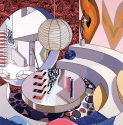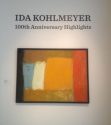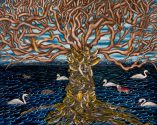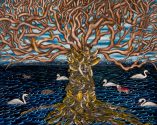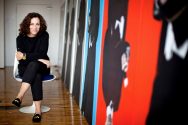“Jim Richard: Make Yourself at Home,” New Orleans Museum of Art ~ Arts Quarterly
This fall the New Orleans Museum of Art is pleased to present a solo exhibition of work by Jim Richard. Jim Richard: Make Yourself at Home will be the artist’s first solo exhibition at NOMA since 1978.
